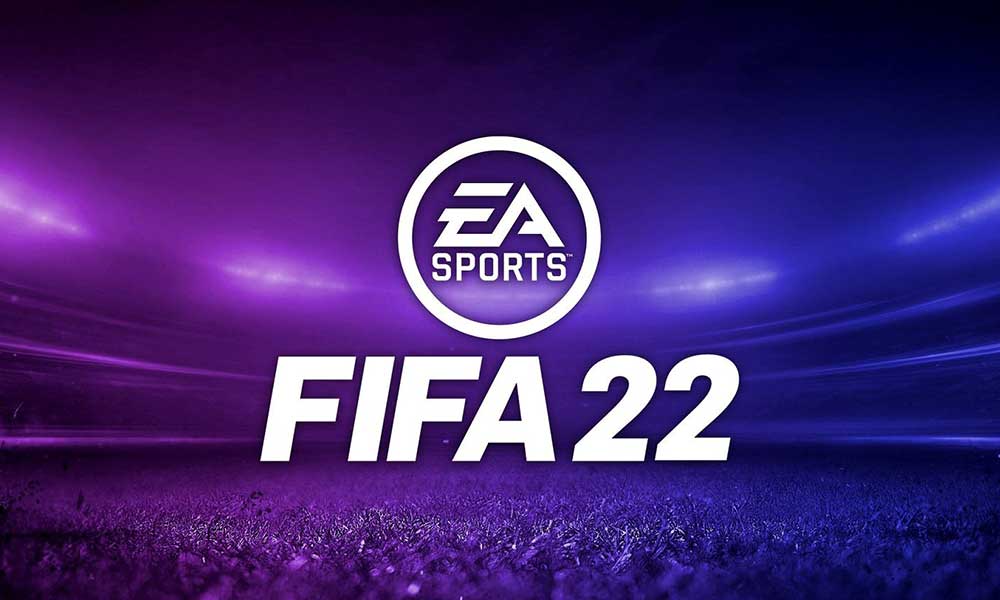FIFA 22 is a football simulation video game that has been published by Electronic Arts which comes under the FIFA series. It offers groundbreaking hyper-motion gameplay technology that can allow players to experience like never before. Now, it seems that plenty of players are getting affected by the FIFA 22 Packet Loss issue on the PC while connecting to the game servers or playing matches. If you’re also facing lags with the game, you can follow this guide.
Multiple reports are coming out that somehow their internet connection is also conflicting with the game launching or gameplay. It basically increases input lags due to the poor connectivity with the game servers. Meanwhile, using the wireless connection or the performance issues with the PC hardware may also trigger multiple problems whatsoever. Here we’ve shared all the possible workarounds below that should gonna help you out.
Also Read

Page Contents
How to Fix FIFA 22 Packet Loss
It’s recommended to follow the troubleshooting guide completely until the problem gets fixed. So, without further ado, let’s get into it.
1. Check the Internet Connection
It’s worth mentioning to check for the internet connection whether it’s having any issues or not. Sometimes issues with the network connection or stability may trigger game server connectivity problems. If in case, you’re using Wi-Fi then try using wired (ethernet) connection for better stability and faster internet speed. You can also use the Wi-Fi connection if you’re already using an ethernet connection.
2. Power Cycle Wi-Fi Router
Sometimes the temporary internet glitch on the router may trigger several issues whatsoever. In that scenario, it’s better to perform a power cycle on your Wi-Fi router for improved performance. You’ll just have to turn off the router and unplug the power cable from the router > Wait for around 30 seconds and then plug back the power cable in > Turn on the router and connect to Wi-Fi to check for the issue again.
3. Disconnect Other Devices
If you’re using multiple devices at the same time and all the devices are connected to Wi-Fi then the chances are high that the internet connection gets slow down or offers poor internet stability. It’s recommended to disconnect other devices from the same Wi-Fi network and try using the PC while gaming to check for the FIFA 22 packet loss issue.
4. Optimize FIFA 22 Settings
The chances are high that some of your FIFA 22 game settings are not going well with your PC hardware or even with the software part. You should try lowering the detail level or reducing the display resolution to check for the issue. In that scenario, you’ll need to optimize the game settings by following the steps below:
- Open the File Explorer program on your PC > Go to Documents.
- Open the FIFA 22 folder > Locate the FIFA set up text file > Open it with Notepad.
- Now, make sure to change DirectX from 1 to 0. If you don’t have the DirectX line then you should add it manually.
- Finally, save the changes, and launch the FIFA 22 game to check for the issue.
5. Disable Background Tasks
By closing the unnecessary background tasks, you’ll be able to fix multiple issues whatsoever. If the system performance gets slow or goes through hiccups then you should follow the steps below.
- Press Ctrl + Shift + Esc keys to open up the Task Manager.
- Now, click on the Processes tab > Click to select tasks that are unnecessarily running in the background and consuming enough system resources.
- Click on End Task to close it one by one.
- Once done, restart your system to apply changes.
6. Set Power Mode to Best Performance
If none of the methods worked for you then make sure to set the Windows power mode to the best performance option so that the system can do well while gaming. Although the PC can consume high power (battery), it’ll improve the gameplay experience.
- Click on the Start Menu > Type Control Panel and click on it from the search result.
- Now, go to Hardware and Sound > Select Power Options.
- Click on High Performance to select it.
- Make sure to close the window and fully shut down your computer. To do this, click on the Start Menu > Go to Power > Shut Down.
- Once your computer is fully turned off, you can power it on again.
That’s it, guys. We assume this guide was helpful to you. For further queries, you can comment below.
